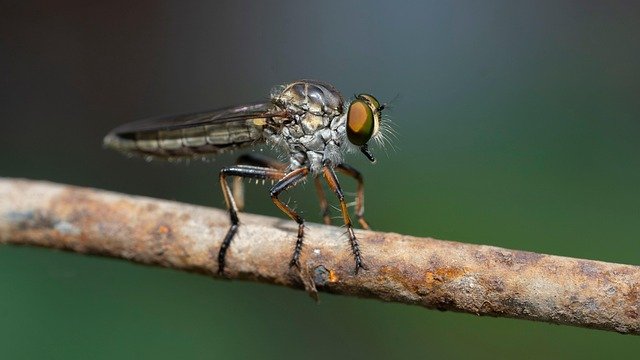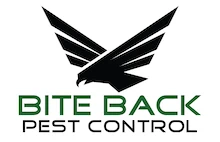Pest Control for Businesses and Homes

Fly Species Identification & Control
Flies are more than just a nuisance — they pose health risks, contaminate food, and can signal more serious hygiene problems. Here’s a breakdown of the most common fly species encountered in UK homes and businesses, how to identify them, and when to call in the professionals.
Fruit Fly (Drosophila spp.)
Appearance: Small, red-eyed flies about 3–4 mm in length.
Behaviour:
Attracted to rotting or decayed fruit, fermenting liquids like wine, beer, and vinegar.
Breeds in drains, bins, mop buckets, and garbage disposals.
Risk:
Fast breeders, difficult to eliminate without identifying breeding sources.
Can contaminate food and drinks.
Drain Fly / Filter Fly (Psychodidae)
Appearance:
Tiny (~2mm), fuzzy, grey or dark-coloured.
Wings appear too large and are held like a roof over the body.
Behaviour:
Breeds in moist environments like sinks, drains, and showers.
Adults cluster around windows and lights.
Risk:
Harmless but unsightly and persistent.
Indicates underlying moisture and hygiene issues.
House Fly (Musca domestica)
Appearance: 6–7 mm long, grey body, red eyes.
Behaviour:
Common in kitchens and bins.
Feeds and lays eggs on waste and decaying material.
Health Risks:
Transmits dysentery, food poisoning, TB and other illnesses.
Contaminates food and surfaces via contact.
Lesser House Fly (Fannia canicularis)
Appearance: 5–6 mm, yellowish body with three black thoracic stripes.
Behaviour:
Females lay eggs in decaying faeces.
Rapid maggot development (5–7 days).
Jerky, erratic flight patterns.
Health Risks:
Carriers of typhoid, cholera, dysentery, anthrax.
- Thrive in livestock areas and around human waste.
Cluster Fly (Pollenia rudis)
Appearance: 8 mm, dark grey with golden hairs on the thorax.
Behaviour:
Enter homes to hibernate in late summer or autumn.
Often found in attics, windowsills, and behind curtains.
Removal Methods:
Vacuuming
Citronella wicks
Sealing entry points
Professional fogging or smoke treatments
Electric fly killers
Note: Dead flies may accumulate and cause bad odours.
Bluebottle / Blowfly (Calliphoridae family)
Appearance: Large, metallic blue or green bodies. Buzz loudly when flying.
Behaviour:
Attracted to dead animals, meat waste, and animal faeces.
Eggs hatch into maggots that develop quickly (6–11 days to adult at 20°C).
Health Risks:
Indicate poor waste management or hidden carcasses.
Can contaminate food and surfaces.
Crane Fly (Tipulidae)
Appearance:
Resembles a large mosquito with long legs.
Colours range from black and red to yellow.
Behaviour:
Females lay eggs in grass and damp soil.
Adults are short-lived and fly into homes in late summer/autumn.
Risk:
Larvae feed on grass roots, damaging lawns.
Adults are harmless but may be alarming due to their size.
Get Help with Fly Infestations Today
Data Privacy Policy
Your data privacy policy goes here.....
Rodent Control picture: Scary Rat Stock photos by Vecteezy
